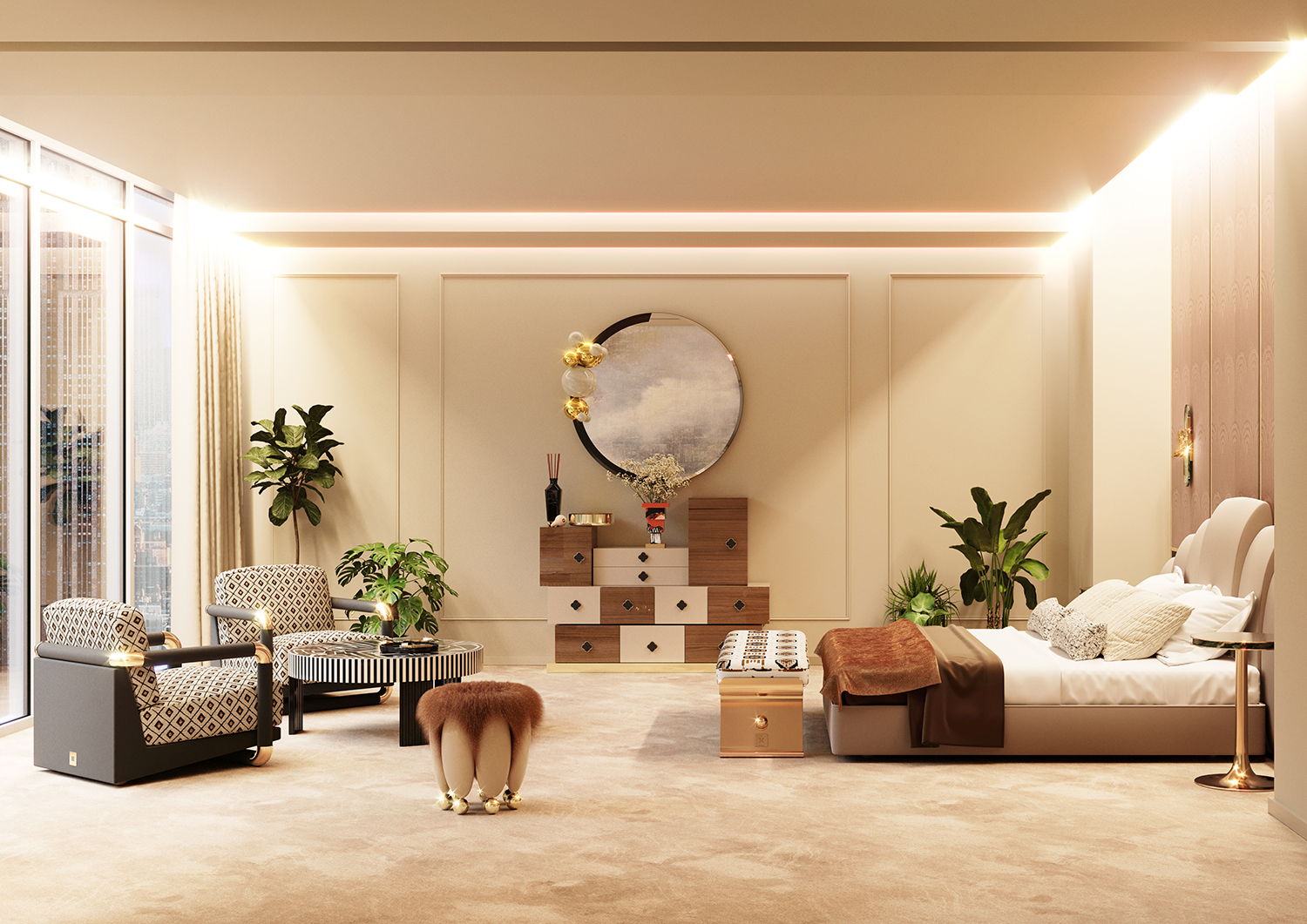Transform Your Home With Necessary Concepts of Inside Layout and Aesthetics
The art of transforming your home with the necessary concepts of interior decoration and aesthetic appeal calls for a thoughtful approach that balances shade, balance, and spatial awareness. By understanding the influence of color concept and the relevance of texture and patterns, one can produce areas that are not only visually attractive but additionally deeply individual. Attaining this stability includes more than simple design; it encompasses a tactical arrangement and an eager understanding of how each component connects within an area. As we check out these foundational principles, take into consideration just how they may redefine your understanding of home and individual expression.
Understanding Shade Theory
Shade theory is a basic element of interior decoration that dramatically influences state of mind, understanding, and overall visual. Understanding the concepts of color concept allows designers to develop areas that reverberate mentally with owners while meeting practical requirements (luxury interior design). Colors can be classified into 3 key types: key, secondary, and tertiary. Each classification plays an essential function in developing harmony within an area.
The mental influence of shades is extensive; warm colors such as reds and oranges evoke energy and warmth, while great tones like blues and greens promote peace and tranquility. The usage of corresponding shades boosts aesthetic passion, creating striking contrasts that can raise a space's charm.
Neutral colors, on the other hand, function as a versatile backdrop, allowing various other layout elements to radiate. It is important to consider factors such as lighting and the room's purpose when picking a shade scheme, as these can modify the assumption of shades throughout the day.
Eventually, a well-considered color pattern can transform a room, cultivating a feeling of convenience and style that aligns with the inhabitants' choices. Proficiency of color theory is, for that reason, an important skill for any indoor developer intending to produce harmonious and inviting settings.
Achieving Equilibrium in Design
How can designers accomplish a sense of balance in their areas? Accomplishing balance in style is essential to developing unified interiors.
Asymmetrical balance, on the other hand, relies upon varying components that still attain a natural look. This strategy permits for more vibrant and informal setups, providing rate of interest while keeping balance. By carefully choosing differing sizes, shades, and appearances, designers can produce an aesthetically compelling area that really feels balanced yet energised.
Radial balance stresses a central focal factor with components radiating outside. This design is typically seen in round formats, where furniture and decoration develop a natural surround that draws the eye internal.
Ultimately, accomplishing equilibrium calls for thoughtful consideration of scale, percentage, and the relationships between components. Architecture Firm. By skillfully applying these balance concepts, developers can change spaces right into environments that feel both aesthetically pleasing and functionally harmonious, enhancing the overall experience for passengers
Value of Spatial Recognition

A keen feeling of spatial recognition allows designers to identify focal factors within a space, guiding the audience's focus to key attributes while preserving an overall feeling of unity. It additionally aids in the critical positioning of lights, which can significantly influence the why not try here assumption of room and mood. Understanding spatial connections makes it possible for the designer click now to cater to the specific demands of citizens, ensuring that each location offers its intended purpose without jeopardizing aesthetics.
Inevitably, spatial awareness is critical for optimizing the potential of any interior room. By meticulously thinking about the interplay in between measurements, layout, and function, developers can create atmospheres that not just fulfill practical demands but likewise stimulate a sense of convenience and appeal, boosting the total living experience.
Incorporating Texture and Patterns
Embracing a varied variety of structures and patterns can considerably improve the visual and responsive allure of an interior space. The calculated usage of various materials-- such as timber, metal, fabric, and rock-- creates depth and interest, making a space feel more inviting and vibrant. Incorporating smooth surfaces with harsh appearances can establish a balance that attracts the eye and engages the senses.
When including patterns, consider both scale and rep. Big patterns can act as prime focus, while smaller sized, subtle layouts can complement other components without frustrating the space. Layering patterns, such as pairing floral pillows with candy striped tosses, includes complexity and a sense of harmony if carried out attentively.
It is likewise vital to preserve a cohesive color palette, guaranteeing that textures and patterns collaborate as opposed to complete for focus. By choosing a few essential browse around this web-site textures and patterns, you can create a combined aesthetic that reflects your individual design while boosting the general atmosphere of the area. Inevitably, the careful unification of these components can transform a mundane room into a sophisticated setting abundant with character and heat.
Individualizing Your Area
Creating a room that shows your personality is essential to accomplishing a really inviting setting. Customization in interior decoration permits you to infuse your unique style and rate of interests into your home, transforming it from a mere sanctuary into a refuge that talks with that you are. Begin by choosing a color combination that resonates with your emotions-- vibrant colors can energize, while soft tones provide peace.
Integrate art work and design that mirror your enthusiasms, whether it be traveling, nature, or abstract concepts. Showing personal collections, such as books, photographs, or mementos, can stimulate cherished memories and produce centerpieces within a space. In addition, consider tailoring functional pieces, like upholstered furnishings, to align with your aesthetic choices.

Verdict
In conclusion, the makeover of a home through the necessary concepts of interior decoration and visual appeal demands a comprehensive understanding of shade concept, equilibrium, spatial recognition, structure, and customization. Each element adds significantly to producing an unified and useful living setting - luxury interior design. By thoughtfully integrating these principles, individuals can enhance the visual appeal and emotional resonance of their spaces, ultimately fostering a home that reflects distinct identities while offering comfort and practicality